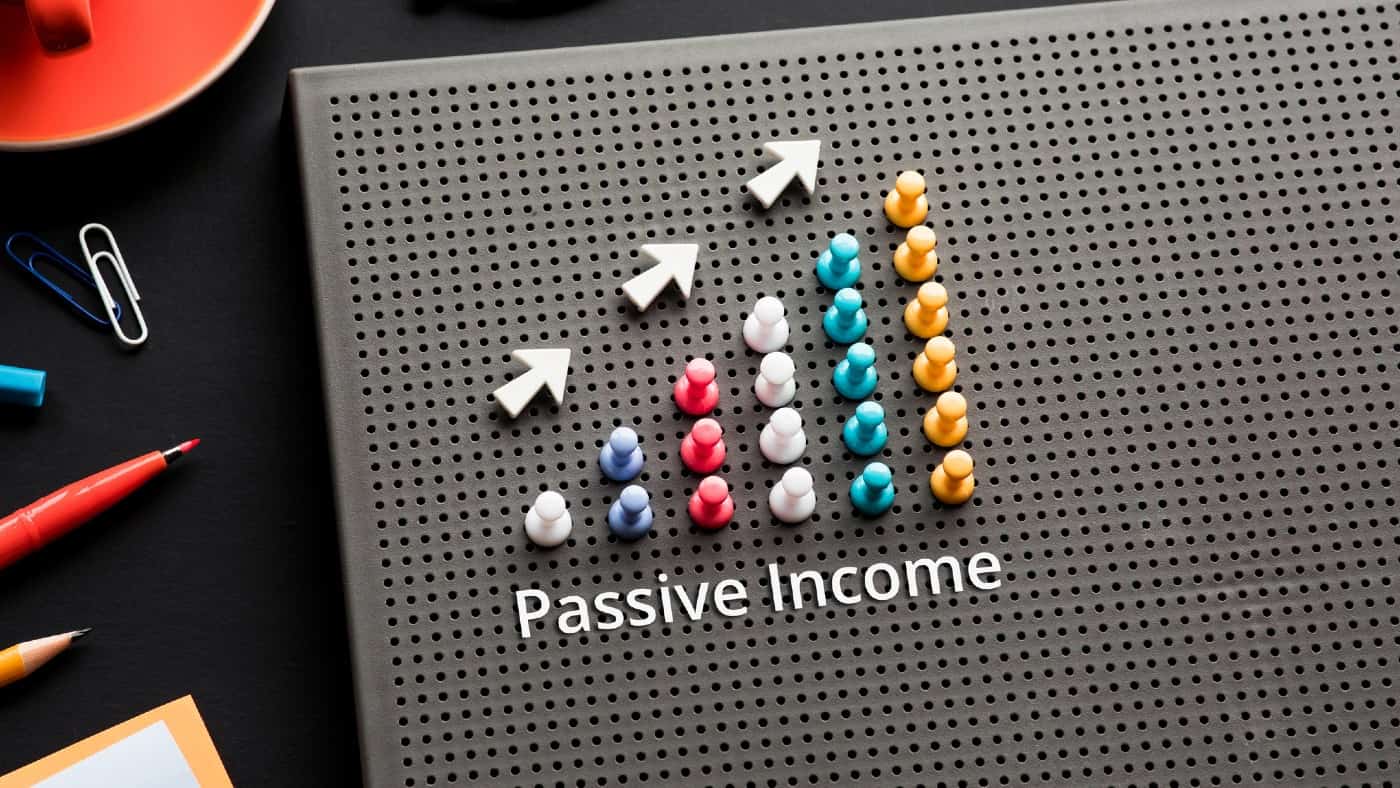Tesco (LSE: TSCO) shares are popular among investors who are focusing on dividend income.
And the supermarket chain has been paying uninterrupted shareholder dividends since 2017.
Meanwhile, City analysts expect the total shareholder payment for the current trading year to be 10.7p per share. So, with the share price near 264p, the forward-looking dividend yield is just over 4%.
Harvesting dividend income
But how much money would I need to invest to generate £1,000 in dividend income from Tesco shares?
My sums show I’d need to buy around 9,346 shares for an outlay of about £24,674. Although the true figures will vary a little because of trading costs.
Nevertheless, that’s quite a large investment to make. And many investors won’t have that kind of money available in one go.
And concentrating all invested funds into one company can increase the risks. Indeed, Tesco hit some trouble a few years back and demonstrated that it wasn’t immune to operational setbacks.
On top of that, the supermarket sector is competitive. And Tesco’s business has high-volume and low-margin characteristics.
Economics like that may be vulnerable to future shocks. So, it’s possible for things to go wrong again for the company in the years ahead.
But that assessment doesn’t mean the business will definitely run into trouble. It’s equally possible that it could grow its earnings and dividends in the years ahead and thrive.
Nevertheless, I’d want a dividend yield of at least 5% to compensate me for carrying some of the risks of holding the shares. So last autumn was a better time to for me to buy Tesco shares.
And I’d also aim to mitigate some of the risks of holding any shares by spreading my money over several different companies.
Diversification
For example, I’d consider names such as Unilever, British American Tobacco, National Grid, IG Group, GSK and others. But one of my main requirements would be for my dividend investments to be supported by an underlying business with defensive characteristics.
My theory is that defensive businesses can make more enduring dividend investments over the long term.
So that means I’d be wary of high-yielding stocks in the cyclical sectors. And that’s because dividends tend to ebb and flow with such companies.
Indeed, the cyclicals can suffer from volatile revenues, earnings cash flow and share prices. And dividends can be a famine or feast affair. Although that doesn’t always happen. And some cyclical businesses can grow their operations over time as well.
Nevertheless, I see the opportunity in cyclical stocks as being shorter term than that of enduring, long-term dividend payers.
But all shares carry risks as well as positive potential, whether cyclical, defensive or somewhere in-between. So, I’d aim to minimise risks even more by making regular monthly investments into a range of well-chosen and researched stocks. And that’s instead of investing a big lump sum all at once.
This post was originally published on Motley Fool





